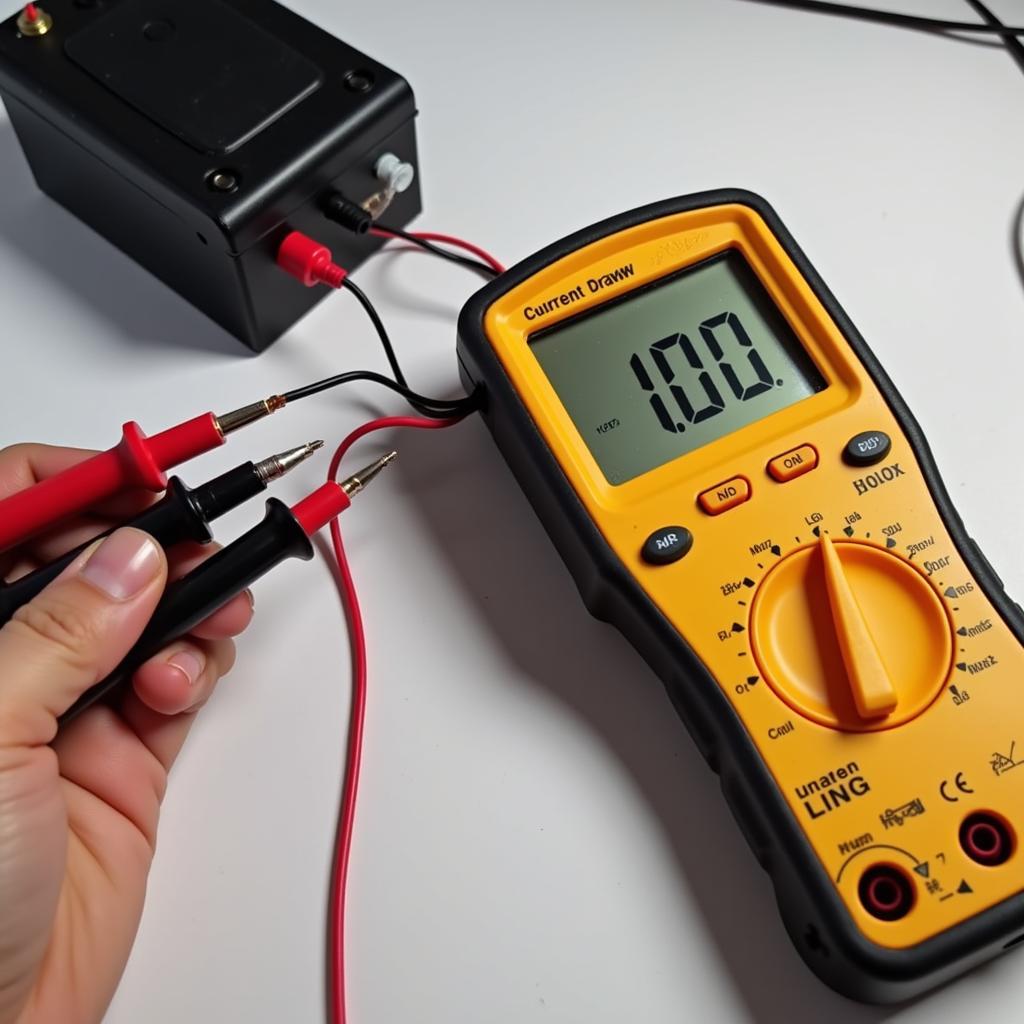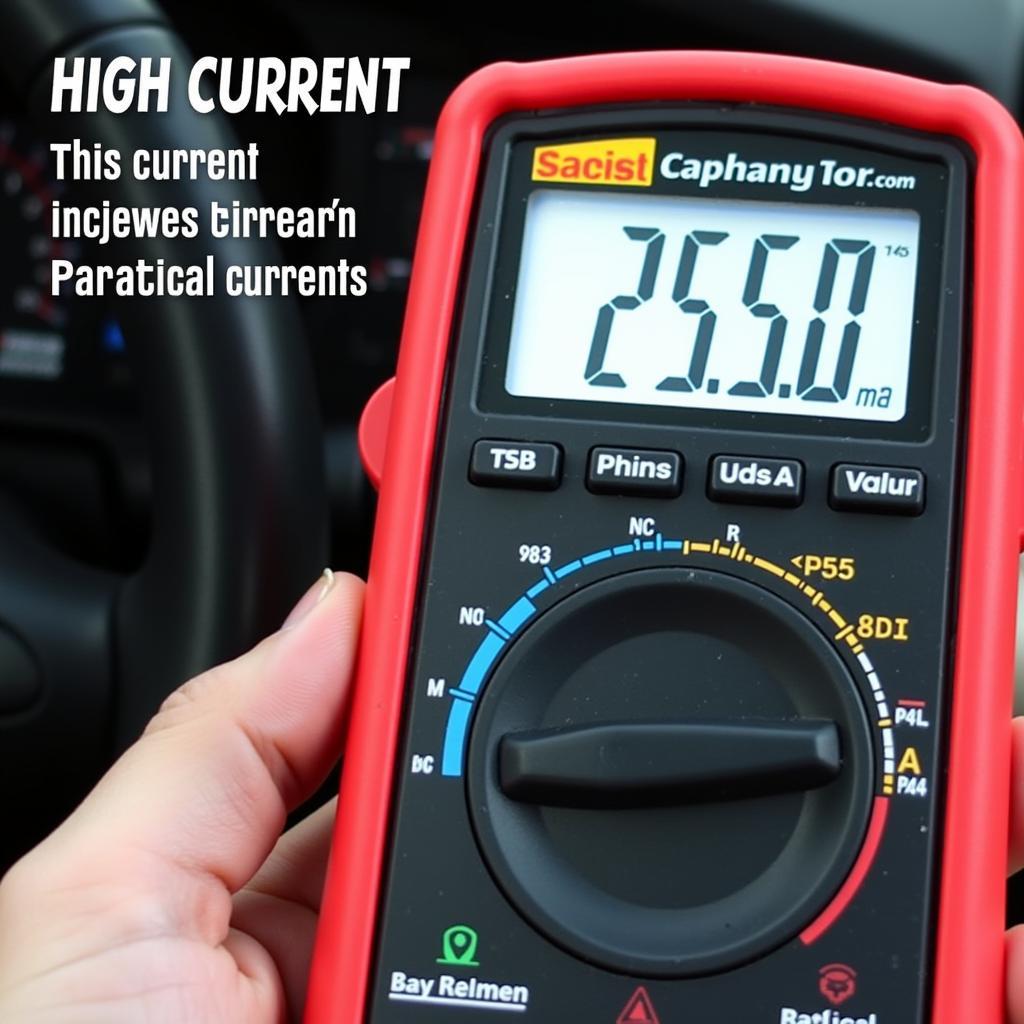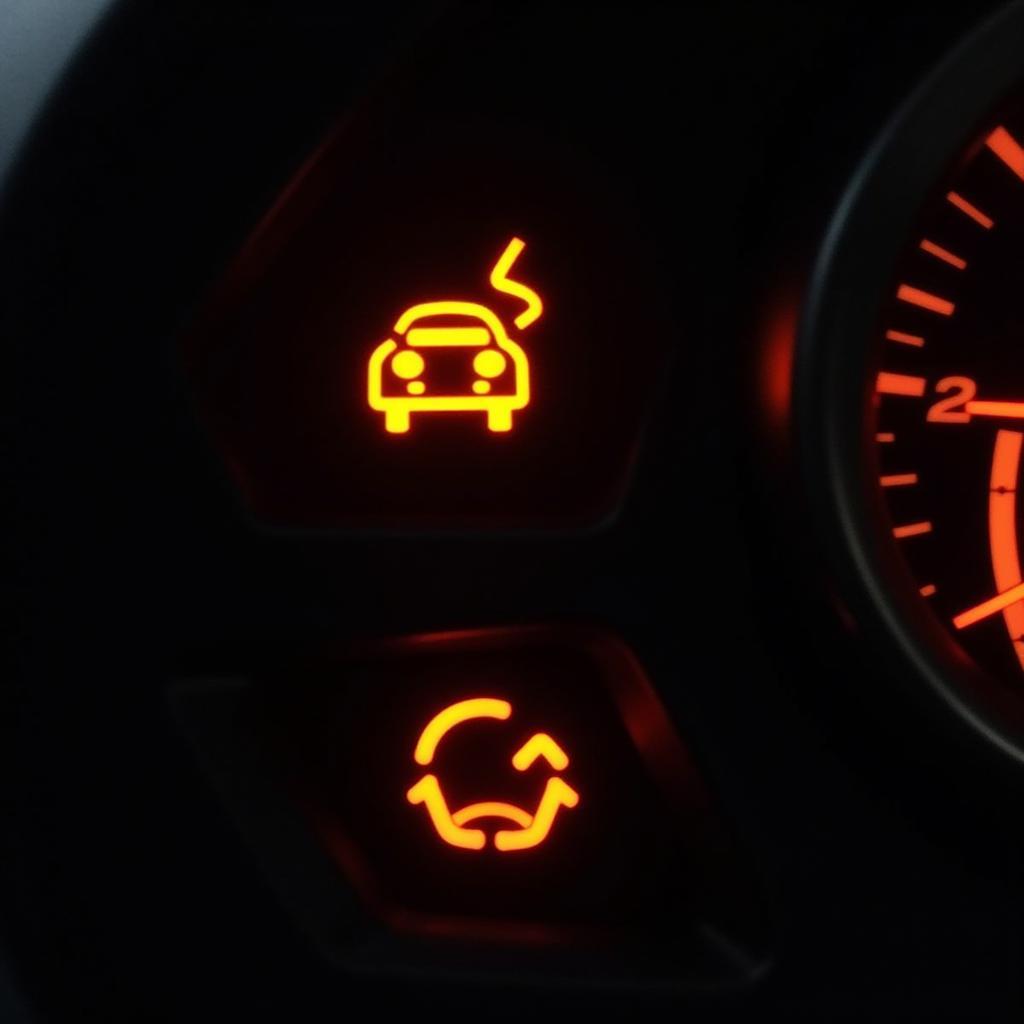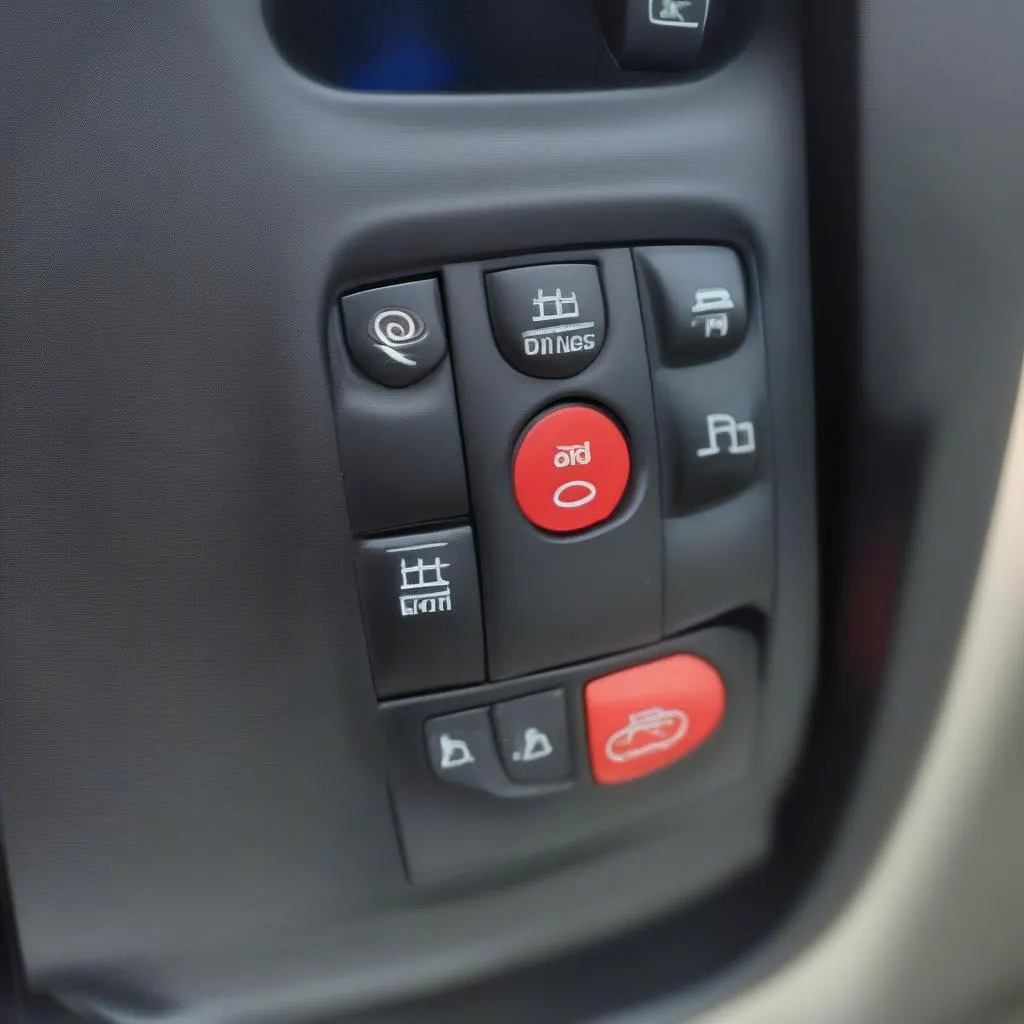A parasitic draw, that silent battery killer, can leave you stranded at the worst possible moment. But fear not! A simple tool, the multimeter, can help you identify and resolve this issue. This guide will equip you with the knowledge and techniques to diagnose and fix parasitic draw problems using a parasitic draw multimeter, ensuring your vehicle’s electrical system stays healthy and reliable. diagnosing parasitic draw
Understanding Parasitic Draw
A parasitic draw occurs when an electrical component in your vehicle continues to consume power even when the ignition is off. This constant drain can slowly deplete your battery, leading to starting problems or even a complete failure. Everything from faulty interior lights to malfunctioning control modules can be the culprit. Identifying the source of this drain is crucial to preventing recurring battery issues.
Why a Parasitic Draw Multimeter is Essential
A multimeter is your primary weapon in the fight against parasitic draw. It allows you to measure the current flowing through your vehicle’s electrical system, pinpoint excessive current drains, and ultimately, identify the faulty component. A parasitic draw multimeter doesn’t require any specialized features, a standard digital multimeter is perfectly sufficient for the job. The key is knowing how to use it effectively.
 Multimeter Setup for Parasitic Draw Test
Multimeter Setup for Parasitic Draw Test
How to Test for a Parasitic Draw with a Multimeter
Testing for a parasitic draw is a relatively straightforward process. First, ensure your vehicle is off and all accessories are turned off. Then, disconnect the negative battery cable. Connect your parasitic draw multimeter in series between the negative battery terminal and the negative battery cable. Set the multimeter to the DC Amps range. The reading you see represents the current being drawn by the electrical system.
automotive parasitic draw test
Interpreting the Multimeter Readings
A small amount of current draw is normal, usually around 25-50 milliamps, to power things like the clock and security system. Anything significantly higher indicates a potential parasitic draw. If your multimeter shows a reading above this range, you’ll need to systematically isolate the culprit.
 High Parasitic Draw Reading on Multimeter
High Parasitic Draw Reading on Multimeter
Isolating the Parasitic Draw
Once you’ve confirmed a high parasitic draw, begin isolating the source. This involves pulling fuses one by one and observing the multimeter reading. When the reading drops significantly, you’ve identified the circuit with the problematic component. Consult your vehicle’s wiring diagram to determine which components are on that circuit.
“When diagnosing a parasitic draw, patience and a systematic approach are essential. Don’t rush the process,” advises John Miller, a seasoned automotive electrical engineer.
test for parasitic draw battery
Common Causes of Parasitic Draw
Several common culprits can contribute to a parasitic draw. These include:
- Interior lights: A stuck door switch or faulty dome light can drain your battery.
- Glove box light: Often overlooked, a glove box light that stays on can be a significant drain.
- Trunk light: Similar to the glove box light, a faulty trunk light switch can cause problems.
- Faulty relays: A relay that sticks in the “on” position can continuously draw power.
- Aftermarket accessories: Improperly installed accessories like stereo systems or alarms can create parasitic drains.
What is a Normal Parasitic Draw?
normal parasitic draw As mentioned earlier, a small draw of 25-50 milliamps is considered normal. This powers essential systems that maintain memory and keep your vehicle secure.
“Always check the simplest things first, like interior lights and glove box lights. You’d be surprised how often these are the source of the problem,” suggests Sarah Chen, an automotive diagnostic specialist.
C5 Corvette Parasitic Battery Drain: A Specific Example
The C5 Corvette is known to experience parasitic battery drain issues related to the Retained Accessory Power (RAP) system. This system allows certain accessories to remain powered for a short period after the ignition is turned off. However, malfunctions in this system can lead to excessive battery drain.
c5 corvette parasitic battery drain
Conclusion
Diagnosing and fixing a parasitic draw using a parasitic draw multimeter is a task any car owner can tackle. By understanding the principles of electrical current flow, using a multimeter effectively, and following a systematic approach, you can save yourself the frustration of a dead battery and the cost of unnecessary repairs. Remember to always consult your vehicle’s wiring diagram and, if necessary, seek the help of a qualified automotive electrician.


